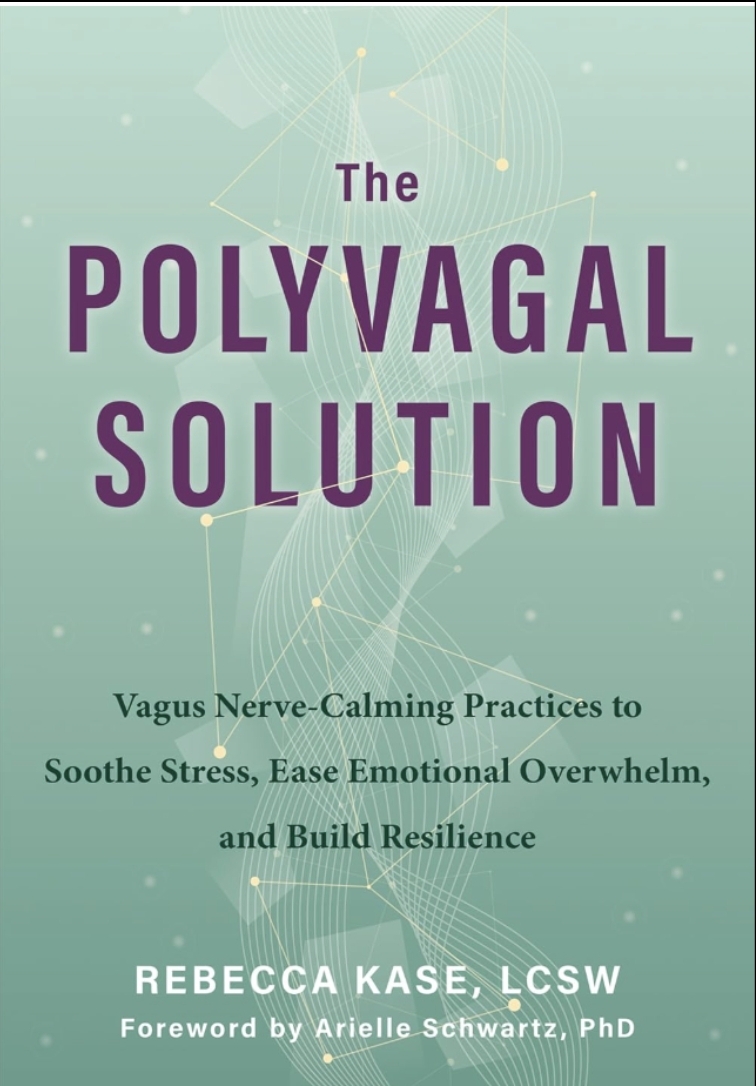Lifestyle
“Every Woman Needs to Know About The T Lady Tea,” Says Founder Elissa Scott

From the onset of puberty, a woman’s body often undergoes a series of changes. Women start to menstruate and grow breasts, and eventually, get pregnant and give birth. For most women, the end of their reproductive life is signified by Menopause.
Menopause is a stage in a woman’s life that brings about many changes to the body. Three significant events take place during this time, but the most well-known is Menopause itself. This event signals the end of Menstruation.
The other two events you may not be as familiar with, but should still know about; is Perimenopause and Postmenopause. Perimenopause starts typically somewhere between 30 and 55 years old—when your menstrual cycle becomes irregular or can stop altogether. The Menopause stage is around ages 50 to 55 years old. Although, these ages can differ in women because everyone’s different.
Understanding Menopause
The first thing to understand about these milestones (Perimenopause, Menopause and Postmenopause), is that they are all normal stages and natural parts of aging, and not to be defined as any sort of medical condition.
While you can’t stop your biological clock from ticking away, that doesn’t mean there aren’t things you can do for your body to ease symptoms and prevent discomfort. It’s an excellent idea for women to learn about the changes they might see in their 40’s—so they know what to expect.
We know that knowledge is power, and if you have a baseline of what to expect in the next few years, it makes dealing with symptoms much easier. That said, no one will experience Perimenopause, Menopause or Postmenopause precisely the same way—every woman’s experience is definitely different.
The Symptoms of Menopause
You’re not going crazy, neither are you bewitched. You’re only going through Menopause. Let’s talk about the common symptoms of Menopause here!
During the stages of Menopause, multiple symptoms can suddenly appear. 40 symptoms in total have been recorded by many women, and can send you into a whirlwind of being cranky, anxious, experiencing erratic mood swings, memory loss, dryness down below, and especially sleepless nights. During this time, you might also experience hot flashes/hot flushes, and waking up at night—drenched. Just to mention a few.
Reducing the Symptoms of Menopause

Women can be more prepared for this stage by looking at natural herbs that can reduce these symptoms and make it an easier process overall.
Menopause Tea created by the founder, Elissa Scott, known as The T Lady, is a tea that consists of the five recommended herbs for Menopause. The herbal tea was created for Perimenopause, Menopause and Postmenopausal stages of life. Each herb has a specific role in the physical and mental state of the woman’s body. It alleviates symptoms like hot flashes, sleepless nights, anxiety, mood swings, period cramps and joint pains.
Being someone that knows the symptoms of Menopause all too well, Elissa Scott was spurred by her personal menopausal experiences to discover a natural remedy that could ease the process of Menopause for women. The organic beverage has been proven, trialed, and tested with individuals for years by Elissa Scott herself and testimonials received from all over the world.
“The beauty of the tea is that it’s a community affair. Asides from me, there are other women from all walks of life involved in the delicate process of production. From the tea maker to the tea packers, we are all women with a similar story,” she says.
The Bottom Line
The journey that a woman’s body undergoes is quite a phenomenal one. And with more knowledge and information on how to navigate the process, it can become an easier one. Also, aside from seeking natural remedies like herbs and ancient teas, training one’s body and mind with exercise, eating a healthy diet, sugar and alcohol reduction can make the process and journey through Menopause an easy one.
Lifestyle
The Missing Piece in Self-Help? Why This Book is Changing the Wellness Game

Self-help shelves are full of advice — some of it helpful, some of it recycled, and most of it focused on “mindset.” But Rebecca Kase, LCSW and founder of the Trauma Therapist Institute, is offering something different: a science-backed, body-first approach that explains why so many people feel struck, overwhelmed, or burned out — and what they can actually do about it.
A seasoned therapist and business leader, Kase has spent nearly two decades teaching others how to navigate life through the lens of the nervous system. Her newest book, “The Polyvagal Solution,” set to release in May 2025, aims to shake up the wellness space by shifting the focus away from willpower and onto biology. If success has felt out of reach — or if healing has always seemed like a vague concept — this book may be the missing link.
A new way to understand stress and healing
At the heart of Kase’s approach is polyvagal theory, a neuroscience-based framework that helps explain how our bodies respond to safety and threat. Developed by Dr. Stephen Porges, polyvagal theory has transformed the way many therapists understand trauma, but Kase is bringing this knowledge to a much wider audience.
“The body always tells the truth,” Kase says. “If you’re anxious, exhausted, or always in overdrive, your nervous system is asking for support, not more discipline.”
“The Polyvagal Solution” makes this complex theory digestible and actionable. Instead of promising quick fixes, Kase offers strategies for regulating the nervous system over time, including breathwork, movement, boundaries, and daily practices that better align with how the human body functions. It’s less about pushing through discomfort and more about learning to tune in to what the body needs.
From clinical expertise to business insight
What sets Kase apart isn’t just her deep understanding of trauma but how she blends that knowledge with real-world experience as a business owner and leader. As the founder of the Trauma Therapist Institute, she scaled her work into a thriving company, all while staying rooted in the values she teaches.
Kase has coached therapists, executives, and entrepreneurs who struggle with burnout, anxiety, or feeling disconnected from their work. Regardless of who she works with, though, her message remains consistent: the problem isn’t always mindset — it’s often regulation.
“Success that drains you isn’t success. It’s survival mode in disguise,” Kase explains. Her coaching programs go beyond traditional leadership training by teaching high achievers how to calm their nervous systems, enabling them to lead from a grounded place, not just grit.
Making the science personal
For all her clinical knowledge, Kase keeps things human. Her work doesn’t sound like a lecture but rather like a conversation with someone who gets it. That’s because she’s been through it herself: the long hours as a therapist, the emotional toll of supporting others, the realities of building a business while managing her own well-being.
That lived experience informs everything she does. Whether she’s speaking on stage, running a retreat, or sharing an anecdote on her podcast, Kase has a way of weaving humor and honesty into even the heaviest topics. Her ability to balance evidence-based practice with practical advice is part of what makes her voice so compelling.
Kase’s previous book, “Polyvagal-Informed EMDR,” earned respect from clinicians across the country. But “The Polyvagal Solution” reaches beyond the therapy community to anyone ready to understand how their body is shaping their behavior and how to create real, sustainable change.
Why this message matters
We’re in a moment where burnout is common and overwhelm feels normal. People are looking for answers, but many of the tools out there don’t address the deeper cause of those feelings.
That’s where Kase’s work lands differently. Instead of telling people to “think positive” or “try harder,” she teaches them how to regulate their own biology. And in doing so, she opens the door for deeper connection, better decision-making, and more energy for the things that matter.
As more workplaces begin to embrace trauma-informed leadership, more individuals are seeking solutions that go beyond talk therapy and motivational content. Kase meets that need with clarity, compassion, and a toolkit rooted in both science and humanity.
A grounded approach to lasting change
What makes “The Polyvagal Solution” stand out is its realism. It doesn’t ask readers to overhaul their lives but instead asks them to listen — to pay attention to how their bodies feel, how their stress patterns manifest, and how even small shifts in awareness can lead to significant results over time. Whether you’re a therapist, a team leader, or someone trying to feel more at ease in your own skin, this book offers a way forward that feels both grounded and achievable.
Rebecca Kase isn’t just adding another title to the self-help genre. She’s redefining it by reminding us that we don’t have to muscle our way through life. We just have to learn how to work with, not against, ourselves.
And maybe that’s the real game-changer we’ve been waiting for.
-

 Tech4 years ago
Tech4 years agoEffuel Reviews (2021) – Effuel ECO OBD2 Saves Fuel, and Reduce Gas Cost? Effuel Customer Reviews
-

 Tech6 years ago
Tech6 years agoBosch Power Tools India Launches ‘Cordless Matlab Bosch’ Campaign to Demonstrate the Power of Cordless
-

 Lifestyle6 years ago
Lifestyle6 years agoCatholic Cases App brings Church’s Moral Teachings to Androids and iPhones
-

 Lifestyle4 years ago
Lifestyle4 years agoEast Side Hype x Billionaire Boys Club. Hottest New Streetwear Releases in Utah.
-

 Tech7 years ago
Tech7 years agoCloud Buyers & Investors to Profit in the Future
-

 Lifestyle5 years ago
Lifestyle5 years agoThe Midas of Cosmetic Dermatology: Dr. Simon Ourian
-

 Health6 years ago
Health6 years agoCBDistillery Review: Is it a scam?
-

 Entertainment6 years ago
Entertainment6 years agoAvengers Endgame now Available on 123Movies for Download & Streaming for Free
